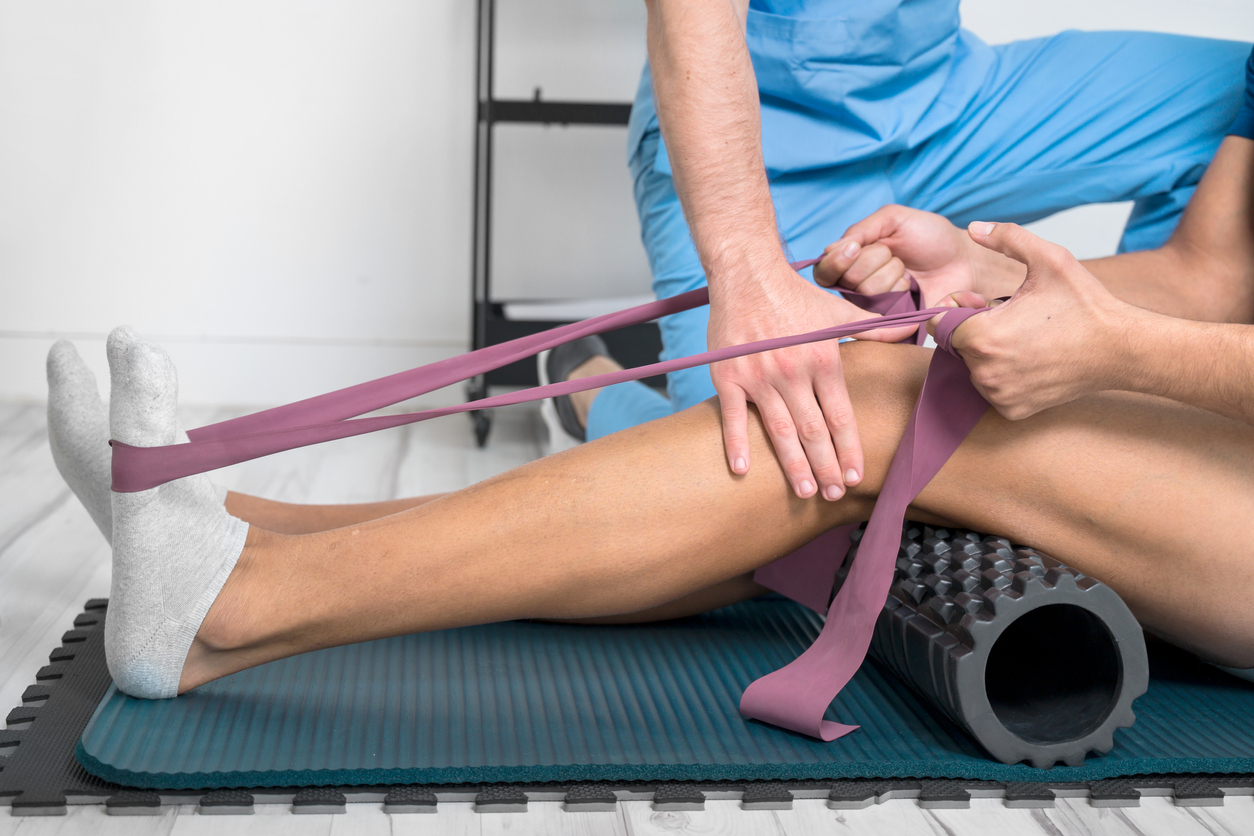Treatments
5 Reasons to Consider Physical Therapy

Physical therapy is often used as a standard treatment for chronic pain or pain related to an injury; however, it can also help treat other medical conditions, including back pain, headaches or even diabetes.
A physical therapist treats areas of weakness by encouraging movement. Although a health care professional may recommend a specific physical therapist, it is important to personally check out their credentials and experience and discuss specific treatment goals before committing to therapy.
Physical therapy can help with the following:
- Increase mobility, balance and strength. A physical therapist not only treats health conditions but also looks for the source of the symptoms. For example, everyday movements could be the cause of carpal tunnel, neck pain or knee pain. A physical therapist can recommend adjustments to these movements and prescribe exercises to improve mobility, balance and strength.
- Avoid surgery. As range of motion and strength increases, the need for surgery may vanish; however, if surgery is unavoidable, pre-surgical physical therapy can result in less recovery time and improved outcomes after surgery.
- Prevent injury. In most cases, physical therapy is recommended after an injury; however, it can also be a form of preventative care. A physical therapist can help with posture, injury prevention and movement awareness. Physical therapy can also improve sports-related performance.
- Manage aging. The body loses muscle mass and strength as it ages, which can create issues with balance. A physical therapist can suggest modifications in everyday activities to decrease the risk of falls, such as techniques for getting up from a sitting/lying position or walking up/down stairs. Arthritic and joint pain and can also benefit from physical therapy.
- Help control a disease or condition. Some physical therapists are trained to assist with specific health conditions, such as heart issues, lung problems, excess weight, pelvic floor pain/dysfunction, or type 2 diabetes. Physical therapy exercises (individualized for specific conditions) can also help with weight loss. Weight loss often reduces the need for certain medications and decreases the risk of heart disease or stroke. Neurological conditions, such as Parkinson’s disease and multiple sclerosis, can also be managed with physical therapy.
Physical therapy can be challenging as the body begins to use areas that are injured, painful or deconditioned; however, it is considered safe and should not cause further damage.


















